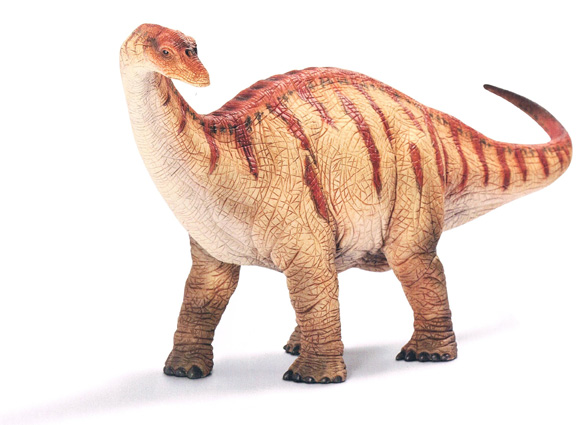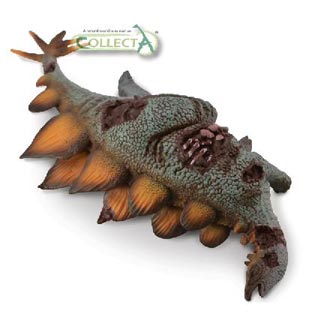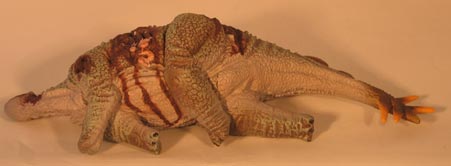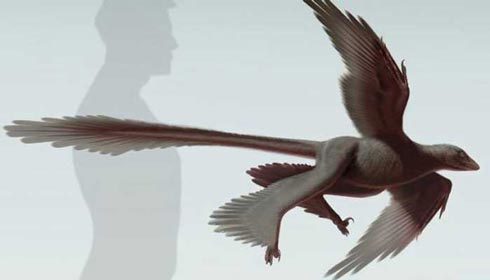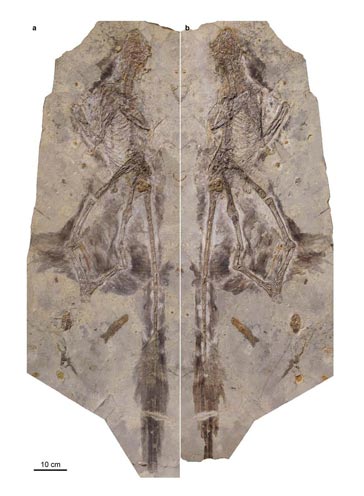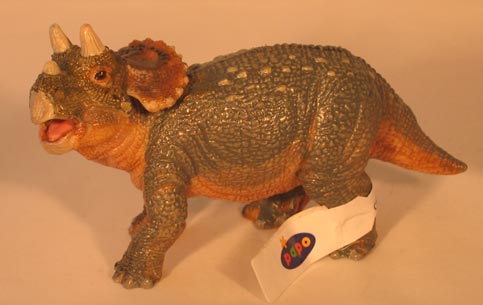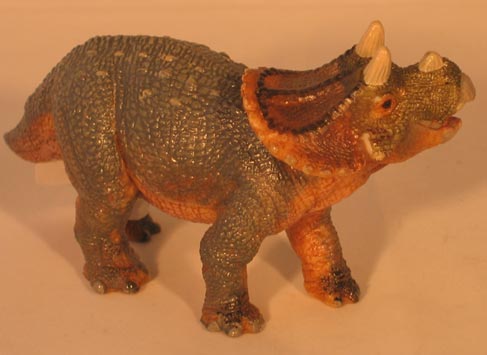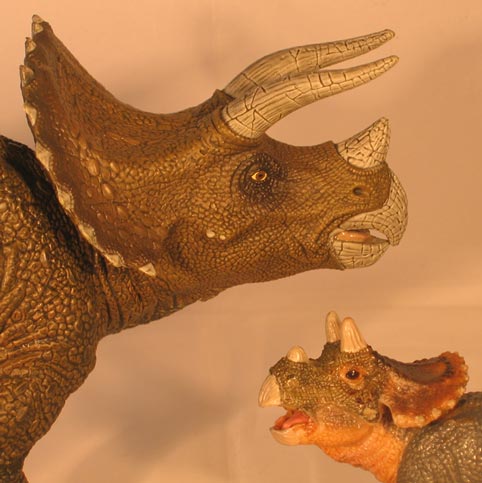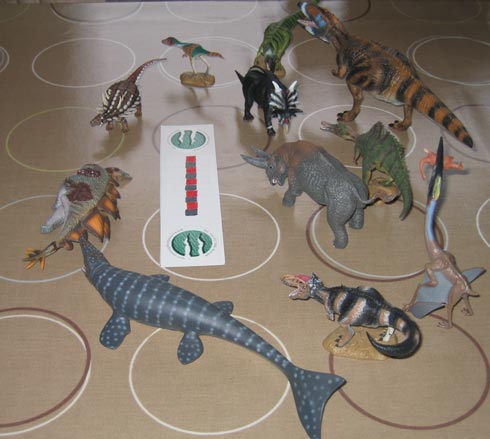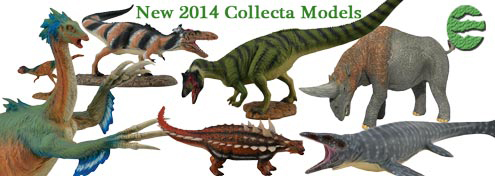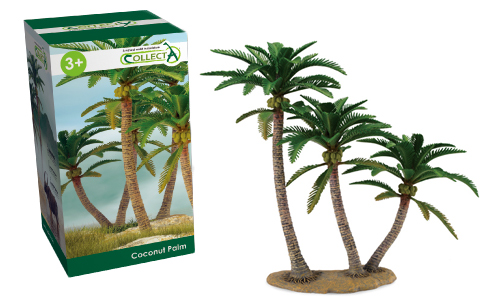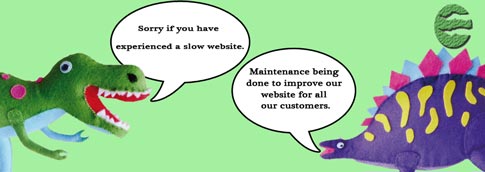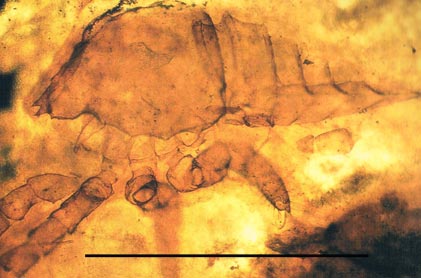Biggest Ever Apatosaurus Thigh Bone Discovered in Colorado
Apatosaurus Femur Fossil – Biggest Apatosaurus Fossil Femur Found to Date
Reports received from Colorado state that a six foot seven inch long sauropod femur has been safely removed from the Mygatt-Moore Quarry, a famous, highly fossiliferous site which has provided museums in the western United States with hundreds of Upper Jurassic dinosaur fossils. The quarry has been excavated for many years but this new fossil extraction is something special. The femur, believed to come from a species of Apatosaurus represents the largest thigh bone associated with the long-necked, plant-eating dinosaur to have been found to date.
An Illustration of Apatosaurus
Apatosaurus
A number of Apatosaurus species have been described. It was a member of the diplodocid clade of sauropods and up until now the largest individuals of this species were around twenty-five metres in length. However, this enormous femur (it measures 200.66 cm approximately), indicates that this genus could have reached lengths in excess of twenty-five metres. Apatosaurus is one of the most popular of all the dinosaurs and it is often, still, referred to as Brontosaurus (Thunder Lizard).
For an explanation as to why the term Brontosaurus is no longer used to describe this dinosaur: Why Brontosaurus is no more.
Apatosaurus Thigh Bone
The excavation and extraction work was supervised by palaeontologists from the Museum of Western Colorado’s Dinosaur Journey Museum. The fossil had been spotted back in 2010, but it has taken a number of summer expeditions to prepare the fossil for its removal. Museum volunteers Kay Fredette and Dorothy Stewart originally spotted the fossilised thigh bone, slowly eroding out of the surrounding rock, at first, all that was exposed was a “pancake-sized” chunk of rock.
After the burlap and plaster fossil was lifted by crane onto awaiting transport, Kay Fredette commented:
“We’ve got to clean the bottom side of it and there’s so much other bone around it. It is going to take a couple of years to finish this.”
Immensely Heavy Specimen
In total, the fossil including the remaining matrix and its cradle weighed more than 1,270 kilogrammes, a spokes person from Everything Dinosaur explained that the plaster and burlap protected fossil would be transported to a laboratory and once installed inside, a team of preparators would begin the long process of cleaning the fossilised bone and extracting it from the surrounding rock.
The Everything Dinosaur spokes person stated:
“To give readers an idea of the weight of the object, the fossil bones, its matrix and surrounding cradle that had to be lifted weighed about as much as a Ford Focus motor car”.
The Mygatt-Moore Quarry is located in the Bureau of Land Management’s (BLM) McInnis Canyons National Conservation Area and the scientists at the Museum of Western Colorado hope to learn more about the potential maximum size of this iconic dinosaur.
Dr Julia McHugh, who helped supervise the fossil extraction stated:
“So after the remaining matrix is removed and the bone is repaired it is going to be used to verify its taxonomic identity. That means what animal it belongs to as well as whether it was a fully grown, mature adult.”
To view models and replicas of sauropod dinosaurs including diplodocids like Apatosaurus: Mojo Fun Prehistoric and Extinct Models.


